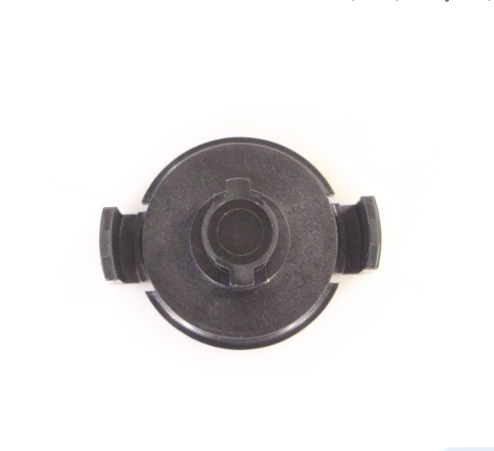Exploring the Functionality and Importance of Washer Plug Drains in Everyday Home Maintenance
The Importance of Washer Plug Drains
Washer plug drains are an essential component in modern washing machines, playing a significant role in the effective drainage of water during and after a wash cycle. These small yet crucial parts ensure that your laundry appliances function efficiently, ultimately contributing to the longevity of the machine and the quality of the wash. Understanding the role of washer plug drains can help users maintain their appliances better and avoid common issues related to drainage.
What is a Washer Plug Drain?
A washer plug drain is typically a component found in washing machines, responsible for controlling the flow of water from the washer tub to the drainage system. When the washing machine is in operation, the washer plug drain allows water to exit once rinsing is complete, ensuring that clothes do not remain soaked. This component is usually located at the bottom of the washer and is designed to open and close based on the washing cycle’s requirements.
How Do Washer Plug Drains Work?
The operation of a washer plug drain is relatively straightforward. During the wash cycle, the machine fills with water, and once the washing is complete, the drain plug opens to allow the water to flow out of the washer tub. This action can be controlled either mechanically or electronically, depending on the specific design of the washing machine. The drain typically connects to a hose that directs water to the household drainage system.
Proper functioning of the washer plug drain is paramount
. If it malfunctions or becomes clogged, it can lead to various problems, including excessive water buildup, mildew growth, or even damage to the washing machine. For this reason, understanding how to maintain and troubleshoot your washer plug drain is beneficial for any washer owner.Common Issues and Maintenance
washer plug drain

Over time, washer plug drains can become clogged with lint, dirt, or detergent residue. Regular maintenance can help prevent these clogs. Here are some tips to keep your washer plug drain functioning properly
1. Regular Cleaning Check the area around the washer plug drain periodically for any buildup of lint or debris. Remove any visible obstructions to ensure smooth drainage.
2. Correct Use of Detergents Using the appropriate amount of detergent is crucial. Excess detergent can create unnecessary suds that may clog the drain.
3. Inspect the Drain Hose Ensure that the drain hose is not kinked or obstructed. This can lead to water not being drained effectively and may cause issues in the long run.
4. Run Maintenance Cycles Some washing machines come equipped with self-cleaning cycles or specific maintenance settings. Utilize these features to help clean out the washer's internal components, including the drain.
5. Seek Professional Help If issues persist despite regular maintenance, it may be time to call a professional technician. They can provide a thorough inspection and address any underlying problems.
Conclusion
In conclusion, washer plug drains are vital for the optimal functioning of washing machines, ensuring efficient water drainage during and after operations. Regular maintenance, proper detergent usage, and timely repairs can significantly enhance the lifespan of your washing machine. By understanding the importance of the washer plug drain, homeowners can protect their investment and enjoy clean, fresh laundry without the hassle of drainage issues. With just a little care, you can ensure that your appliance continues to serve you well for years to come.
-
The Ultimate Guide to Car Repair Kits: Tools and Essentials Every Driver Should Own
News Aug.01,2025
-
The Complete Guide to Oil Pan Gaskets: Sealing Engine Leaks the Right Way
News Aug.01,2025
-
Preventing Oil Leaks: A Complete Guide to Oil Pan Gaskets and Drain Seals
News Aug.01,2025
-
Everything You Need to Know About Oil Pan Gaskets and Drain Plug Seals
News Aug.01,2025
-
Essential for Car Owners: How to Use a Car Repair Kit to Deal with Minor Breakdown
News Aug.01,2025
-
Comprehensive Guide to Engine Oil Sump Gaskets and Related Seals
News Aug.01,2025
-
The Ultimate Guide to Boat Propeller Bearings and Trailer Wheel Bearings
News Jul.31,2025
Products categories















